Children's charities find ways to thrive
Joe Lepper
Tuesday, February 26, 2019
Funding cuts and austerity mean charities can face an uphill struggle to survive. Joe Lepper speaks to three winners of the CYP Now Awards Children and Young People's Charity Award to see how they are faring.
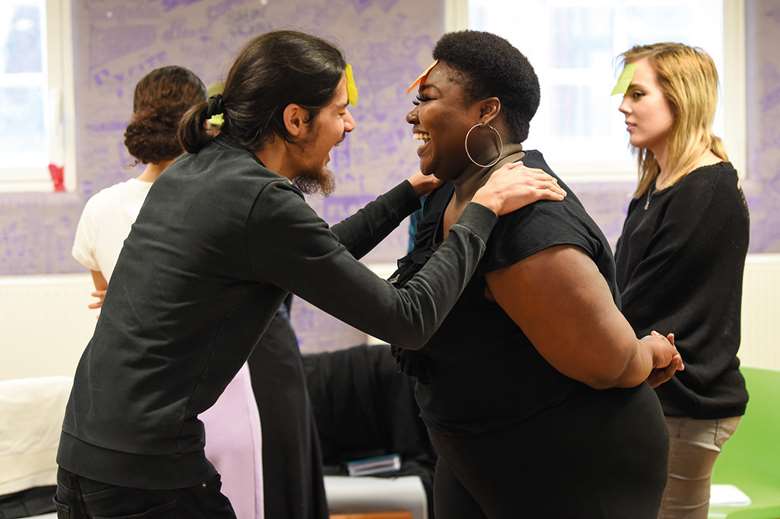
Children's charities should brace themselves for another tough year, according to the National Council for Voluntary Organisations' (NCVO) Road Ahead forecast report for 2019.
Already charities in the sector have been forced to deal with the twin challenges of rising demand and reduced income due to austerity measures, with Charity Commission data suggesting some have struggled to survive - more children's charities were removed from its register than joined in 2018 (see graphics).
This challenging environment is set to continue in the 12 months ahead, says the report, with the economic outlook made gloomier by uncertainty over Brexit.
Charities will have to get smarter in how they operate, which may mean "re-imagining" how they deliver support, says Karl Wilding, director of public policy and volunteering at the NCVO.
"The penny has finally dropped. There is no pot of money that will suddenly appear even if we get another government," he says. "We have to consider doing things differently."
One way is to use resources more efficiently by focusing on early, preventative support and helping young people and families to better support themselves.
"Currently the thinking is about service users as people who have problems we need to fix and deliver services to," says Wilding.
"But instead some charities are thinking about how we can help those service users to help themselves and become expert users in areas such as peer support."
This approach is increasingly popular in adult services but Wilding believes there is scope for this to be used more in the children and family sector to tackle issues such as bullying.
Another emerging concept is "place-based giving", where local charities, groups and organisations come together to work on projects that benefit local people in their area.
An Office for Civil Society-commissioned report into place-based giving, published last September, found benefits include better co-ordination of support and securing funding.
An example cited in the report is the work of John Lyon's Charity's Young People's Foundations. Eight have been set up in London and involve local charities and community groups working in partnership to support young people.
The government is keen to see place-based giving deployed more widely and in November last year launched a £777,000 fund to help develop such schemes.
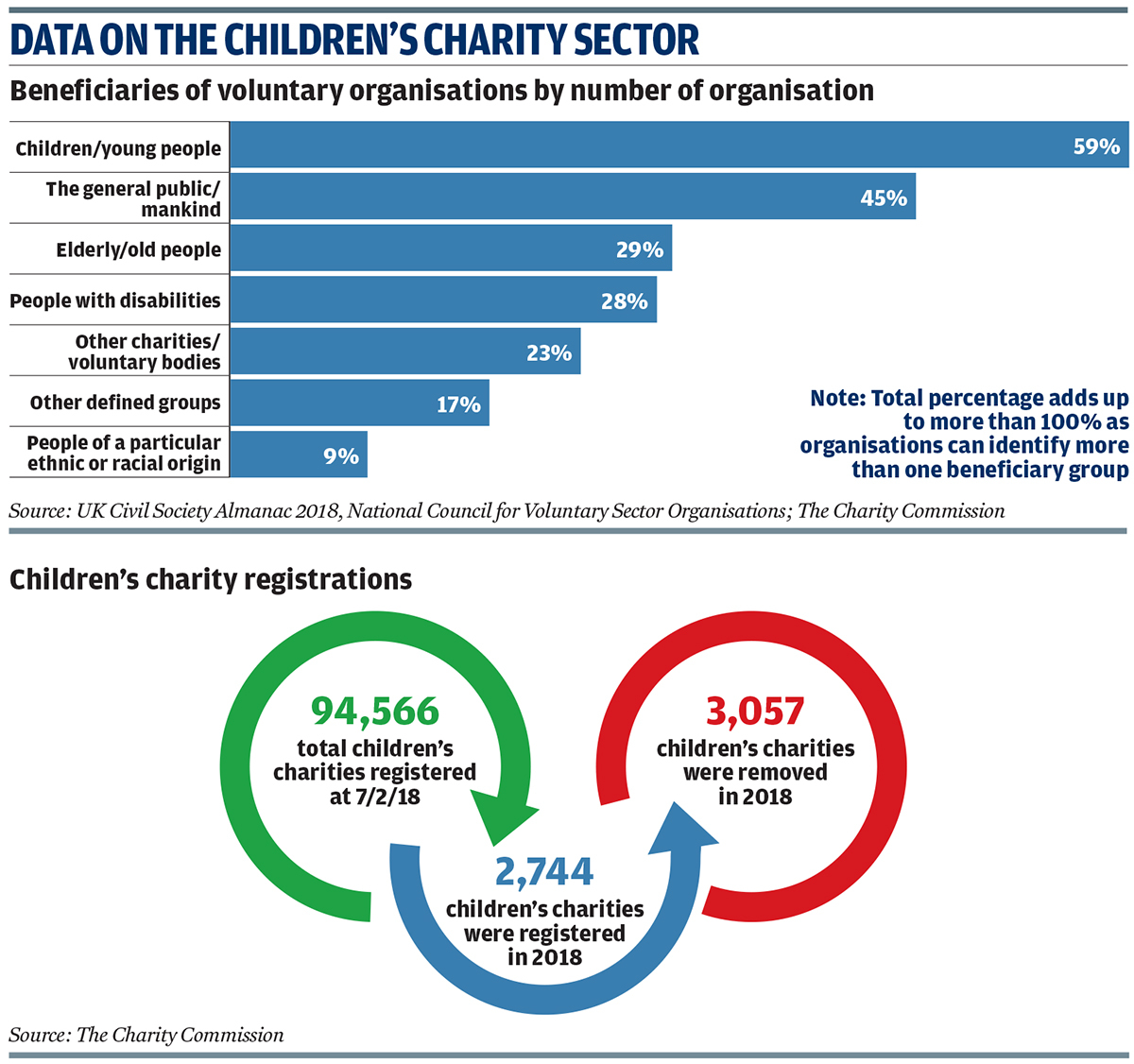
Children England policy and campaigns manager Chloe Darlington says this local, collaborative approach also builds on the charity sector's strength of having "great local expertise".
Resource raising rather than just fundraising is another emerging trend. "We have to think not just in terms of money but also people's time and what assets and skills and resources people and organisations can share," says Wilding.
Adopting a more business-like approach, by selling services or developing a retail operation, is another route children's charities are taking.
But for many smaller organisations such a move is not practical and instead many charities in the children's sector are turning to a growth in unrestricted grants from charitable trusts and foundations as a more practical funding solution, says Darlington.
"These trusts and foundations are increasingly recognising that smaller charities are real experts in what they do and they shouldn't be expected to diversify or change their business model," she says.
A failure to adapt can be costly, with volunteering charity Vinspired collapsing last year owing £564,474 to creditors.
Darlington says that because Vinspired's core work was not statutory it was always going to be more vulnerable to funding trends.
In contrast, those that deliver mental health and social care support, for example, will not have "quite the same trajectory down", she says. "Children's mental health and social care are statutory obligations. There will always be money for that."
Charities that work with children have also faced increased scrutiny around safeguarding, following high-profiles scandals in the aid sector around the abuse of vulnerable people.
The Charity Commission has published guidance reminding trustees of their responsibility to ensure the safety of vulnerable people including children. The regulator also expects any incident of risk of harm to be reported.
"The public rightly expects that charities are safe environments for everyone, where employees and beneficiaries are at all times free from harm," says the regulator's director of policy, planning and communications Sarah Atkinson.
Overleaf, three previous winners of the CYP Now Awards Children and Young People's Charity Award explain how they have adapted their approach to survive and grow.
- The CYP Now Awards 2019 will open for entries on 26 March
WINNER 2015
42nd Street makes the most of new funding streams
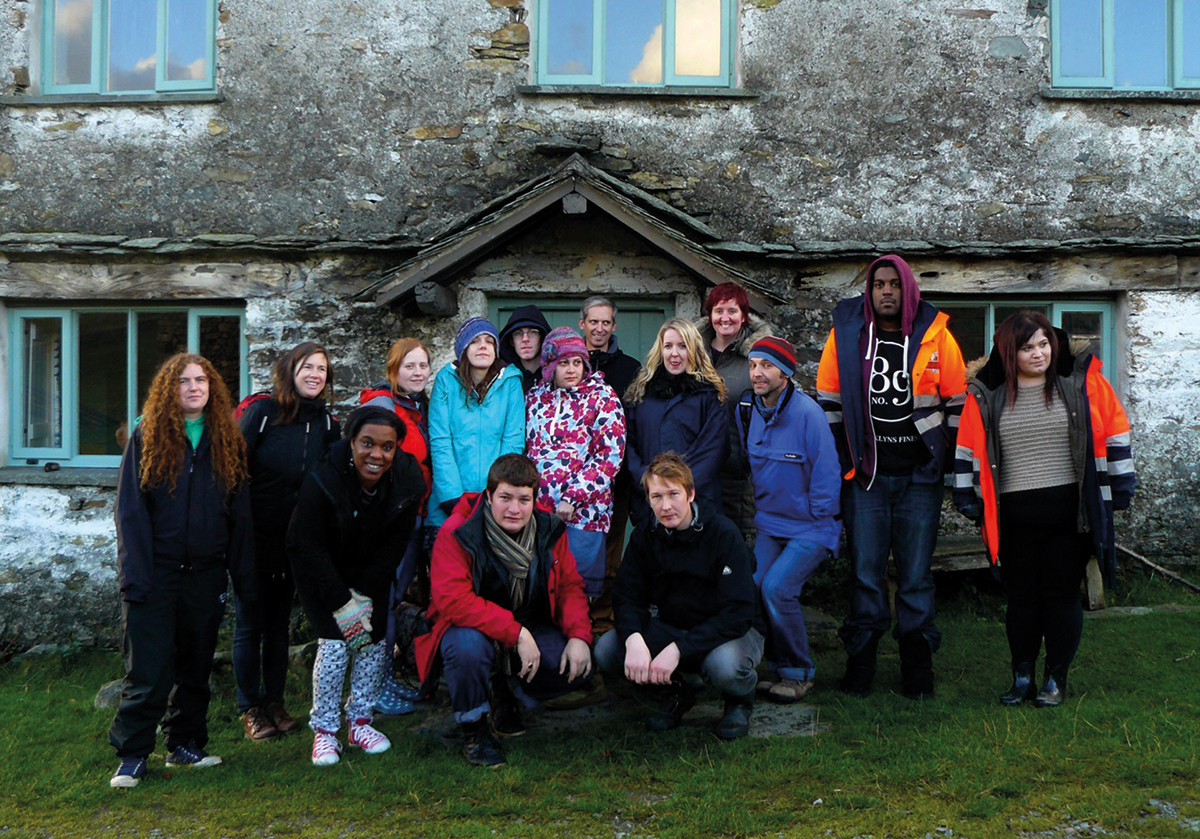
Keeping a close eye on changing funding trends has been key to Greater Manchester-based mental health charity 42nd Street's growth since winning the Children and Young People's Charity Award in 2015.
Over the last three years its income and spending has increased and the charity has also maintained a healthy balance sheet in terms of assets.
Following new funding opportunities has also enabled the charity to expand its range of support without diluting its key aim to support the mental health needs of young people.
Latest accounts for the year ending March 2018 show it had £1.77m in income, spent £1.62m and had assets totalling £1.64m. This compares with income of £1.08m, and spending of £1.06m in the 12 months to March 2015.
A key funding stream has been the government's £1.4bn Transformation Fund. This launched in 2015 through the Future in Mind strategy with the aim of supporting clinical commissioning groups (CCGs) to improve local mental health support for children and young people over a five-year period.
With 70 per cent of the charity's work coming from CCGs this investment has been crucial to the charity and helped it increase the number of young people it can offer one-to-one support in some areas of Greater Manchester. In 2014/15, the charity offered one-to-one support to 2,000 young people but last year the figure was 3,500.
However, with demand for mental health support rocketing the charity faces an impossible task to offer swift help to all those who need it. In some areas young people face a lengthy wait for its one-to-one help.
"That doesn't mean we have no contact with them but the worst-case scenario is that some young people are not getting support for over a year. That's huge," says the charity's chief executive Simone Spray.
Some local CCGs have also commissioned the charity to carry out "de-escalation" work, supporting young people at risk of mental health problems.
This has seen the charity place its workers in pupil referral units and social care settings so that they can reach young people who might not be already accessing mental health support.
Last year the charity had to adapt to a change in funding once again. The launch of the Transforming Children and Young People's Mental Health green paper in December 2017 saw a shift in focus to support in schools.
42nd Street has ensured it can access this funding as it is part of a partnership of charities and health and care organisations in Greater Manchester that successfully bid to be one of 25 trailblazer sites for this school-based investment.
The charity already works with some schools through individual contracts and trailblazer investment will mean it can expand its reach.
Working in partnership with national mental health charity Place2Be, 42nd Street is the local partner to deliver one-to-one work in schools. In areas of Greater Manchester where it is not already working 42nd Street has teamed up with other local charities.
"We could have put a tender in and scaled up our organisation to work in all areas," says Spray. "But that's not the right way to do it. Instead we said ‘there's a good organisation working in Bury and already working well but too small to bid on their own. If we partner with them and put resources into their organisation that would work better'."
Collaboration is also important to the charity in measuring the impact of its work.
This has seen it work with Manchester Metropolitan Universtity and the University of Central Lancashire on issues such as youth isolation and loneliness as well as using the arts to improve mental health.
The charity has also made sure it is involved in local policymaking, with Spray a member of the voluntary, community and social enterprise devolution reference group in Greater Manchester. This group has been set up to promote the role and involvement of the charity sector within the area.
The charity's healthy balance sheet has ensured it can invest in its long-term future.
An overhaul of its IT systems means they are more closely aligned with those used in the NHS, which makes contracting and evaluation easier.
Big Lottery funding for capital spending also means that it owns its buildings and the charity is considering hiring out rooms and potentially running ticketed events for arts organisations to add additional income.
WINNER 2017
Leap profits from selling training service
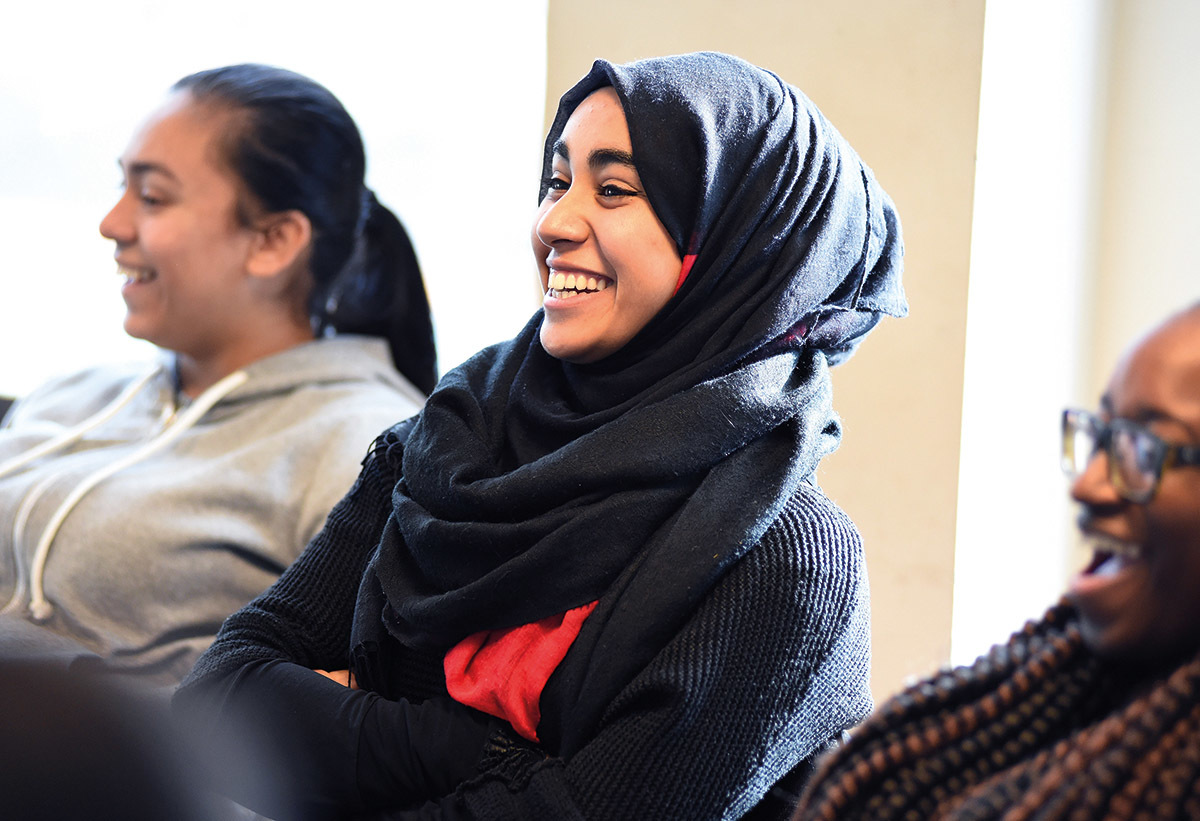
Tapping into trust and foundation funding has been vital to Leap Confronting Conflict's ability to support young people.
The majority of the conflict management charity's income comes from this form of funding and the organisation has also seen an increase in financial support from business and major donors in recent years.
In addition, it has developed a social enterprise function, which involves selling its conflict management training services to other organisations.
This has helped the charity double its income over the last five years, from £993,343 in the year ending December 2013 to £1.89m in the year ending December 2017. Its spending power has also increased substantially over the same period, from £1m to £1.7m.
When it won the Children and Young People's Charity Award, 60 per cent of Leap's income came from trusts and foundations, 15 per cent from major donors and 15 per cent from sales. Among businesses supporting the charity are Bloomberg and Merian Global Investors.
Public sector funding is still sought, says Ben Kernighan, the charity's interim chief executive, but is only a small part of its overall income. Recent successful bids including securing Home Office funding to work in partnership with Southwark's youth offending services.
Kernighan adds that the charity is careful to only take on public sector work that is "aligned with our mission" to "drive system change for the young people we support".
A determination to raise awareness around criminal justice issues has also seen the charity collaborate in its lobbying efforts. A recent example was its partnership with youth organisations including St Giles Trust, Redthread and StreetDoctors, to respond collectively to the Home Office's consultation on its Serious Violence Strategy.
Since 2016, the charity has also made a concerted effort to target its work on young people most likely to struggle with conflict, such as those in care, outside of mainstream education, those in the youth secure estate and living in communities affected by gang violence.
Efforts to demonstrate the effectiveness of its work to commissioners and funders to help secure the charity's long-term future have been bolstered over the last year with the creation of an "impact and innovation team".
"As an organisation we want to continue to develop how we measure our programmes' impact," says Kernighan.
"This year we will find ways to measure wellbeing and collate data to understand the indirect impact of professionals completing Leap training."
WINNER 2013
Redthread reduces reliance on public sector funding
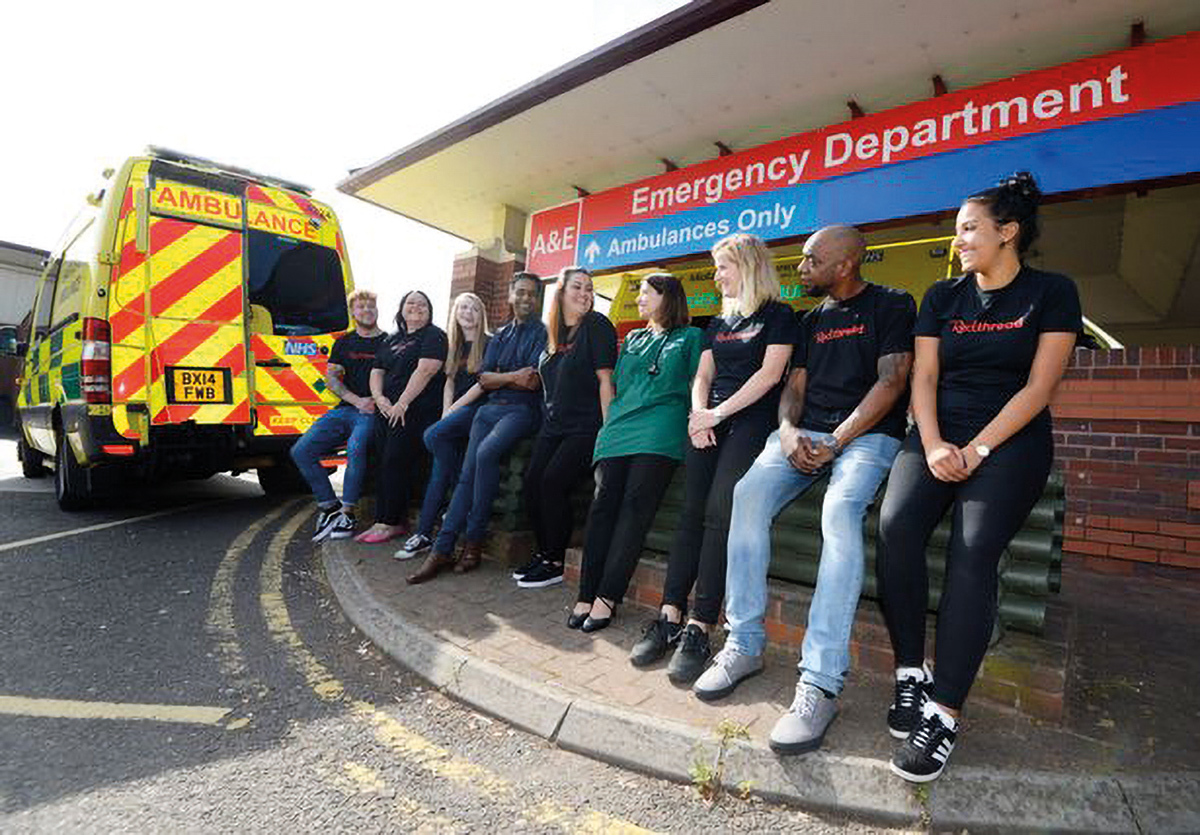
Diversifying income streams has ensured London-based youth charity Redthread has also been able to dramatically increase its spending power to reach more young people.
Five years ago, it was particularly vulnerable to public sector funding cuts, with 90 per cent of its income coming from public sector sources.
In 2016 a strategic decision was made to reduce this reliance and since then the organisation has built up a fundraising and business development function to help access funding from a variety of sources.
It has had particular success in securing income from charitable trusts and foundations, including the Paul Hamlyn Foundation and the Swire Charitable Trust.
According to managers, the charity is also assertive when dealing with funders, looking for unrestricted income wherever possible and securing money over a number of years to ensure sustainability.
As a result, its reliance on public sector fundraising has been slashed in half, to 45 per cent, and the charity aims to reduce this further, to below 40 per cent in 2019/20.
Income and spending has also rocketed. Between the financial year ending March 2014 to end of March 2018 its income has increased from £156,978 to £1.49m and its spending rose from £168,021 to £1.44m.
Redthread, which received the Children and Young People's Charity Award in 2013, anticipates its turnover will exceed £2m in 2019/20. While its reliance on public sector funding has reduced as a proportion of income, money from local and central government is still important to the charity.
Over the last five years it has been successful in gaining investment from the Mayor's Office for Policing and Crime, which has helped provide support for young victims of violence when they are admitted to hospital accident and emergency departments.
Redthread has also secured funding to support young people to deal with online and social media challenges, as part of a partnership involving the charity Catch 22, the Mayor of London, YouTube and Google.
"Whilst public sector funding has decreased across the sector, Redthread is very fortunate to still receive significant funding from public sector sources," says Redthread head of fundraising Rachel Smith.
She admits securing funding is "always a challenge". "Sadly, the need for our work continues to grow," she adds. "But we pride ourselves on being a really dynamic and ambitious organisation, and the increasing challenges only strengthen our resolve to work harder for young people."




